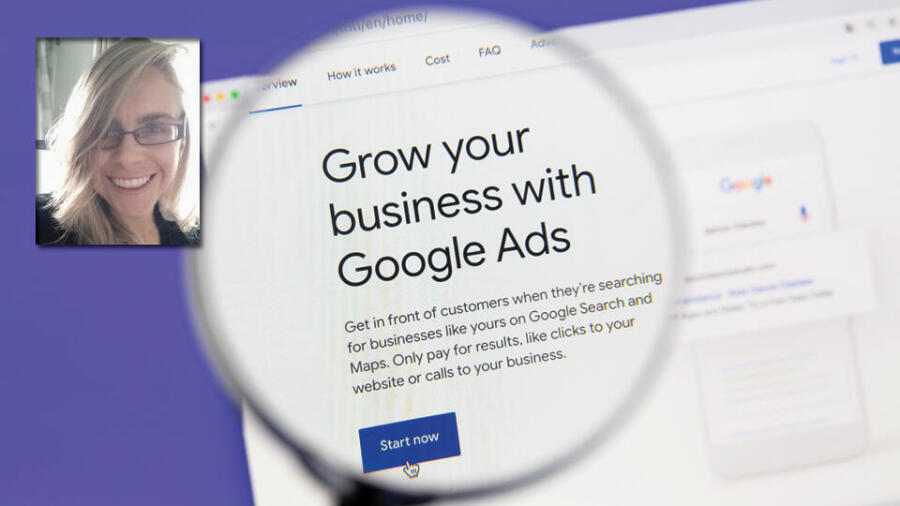Building a successful Google Ads campaign can be a time-consuming process, and tasks such as selecting the right setup and bidding strategy can feel overwhelming to those unfamiliar with the platform’s endless acronyms, like PMAX, SSC, LIA, DSA and ROAS. Even with tutorials available, venturing into the unknown can evoke trepidation. In more regulated verticals such as sexual wellness, it’s especially crucial to stay mindful of best practices to ensure compliance with platform policies and avoid any pitfalls. Allow me to share some insights to help you get started and optimize your own efforts.
Comprehensive keyword research
In more regulated verticals such as sexual wellness, it’s especially crucial to stay mindful of best practices to ensure compliance with platform policies and avoid any pitfalls.
It helps to know what people are searching for in relation to your product or service. At Sciart Marketing, we use tools such as SpyFu and Semrush, which speed up research by offering data-driven insights that can help with your digital marketing efforts, especially search campaigns. You can also analyze your competitors’ keywords, ad campaigns and ad spend across Google and Bing. This can yield insights into the terms and phrases they’re targeting and the terms your audience is using. You can also discover niche keywords and long-tail variations — more detailed and specific search terms — which have lower competition. Once you have researched and gathered this data, you can then set up campaigns targeting specific audiences and keywords.
Utilize audience targeting when possible
Are you spending money on ads, getting loads of clicks, but still not converting? It might be time to consider harnessing the power of audience targeting. Audience targeting opens up opportunities to enhance your campaign’s performance by reaching people as they browse other websites, use apps or watch videos. You can set it up at ad group level and target people based on their interests, habits, what they’re actively searching for and how they’ve interacted with your business. For example, if your business specializes in components for the classic car brand Morris Minor, you could use in-market audiences and explore “classic cars” categories to get your ads in front of people who already have an affinity for classic cars.
Work closely with your client/content team
To achieve optimal results when running Google Ads campaigns for your brand, close collaboration with the content/creative team is essential. By working closely together, you ensure that your ads are fully aligned with the company’s messaging and goals. Collaboration with the content team allows you to gain a deeper understanding of the brand’s unique selling points, target audience and overall marketing strategy. This knowledge enables you to craft ad copy and creative elements that resonate with the intended audience and accurately reflect the company’s values. By collaborating across the different teams, you can gain valuable insights into top-selling products or services, which in turn you can use to create compelling ad campaigns that generate excitement and drive customer engagement.
Optimize your site
Optimizing your website is crucial to prevent drop-offs and maximize the effectiveness of your ads. After successfully capturing users’ interest with your ads, it can be frustrating to see them leave your site without taking action. To address this, leverage analytics tools like Piwik PRO to identify where engagement drops off and gain a comprehensive understanding of the user journey. Additionally, with the majority of users browsing, buying and engaging on mobile devices, it’s essential to ensure your site is mobile-optimized. Test your site’s responsiveness and usability across different devices to ensure a seamless experience. Regularly check that all links are working correctly to avoid user frustration. Analyze your messaging to identify any mismatches between your ads and site content, and make necessary adjustments to ensure consistency and relevance.
Monitor changes and performance
As a final tip, keep a close eye on any changes to your ads and campaign settings. Believe me, I’ve witnessed some eyebrow-raising situations where an unexpected CPC increase turned into a budget-busting nightmare. Picture this: what was supposed to be 13 cents per click suddenly skyrocketed to a whopping $1.27 per click. And forget about that daily $318 budget cap; it magically transformed into a wallet-draining morning spend of $95,460.75. We jokingly referred to it as a rite of passage, a costly mistake that taught a lesson never to be forgotten! But laughter aside, it’s a valuable reminder to always double-check your ad settings, bids and budgets to avoid financial mishaps. Learn from these blunders and be vigilant, ensuring your campaigns stay on track and your budget remains intact.
As you go forth and navigate the world of Google Ads, bear these tips in mind and embrace the challenges, adapt to the ever-changing digital landscape and watch your Google ad campaigns thrive. Success awaits those who dare to explore, experiment and never stop optimizing.
Lauren Bailey is the client account manager at Sciart Marketing, a U.K.-based data marketing agency that helps brands to navigate and deliver improved business outcomes across various marketing channels.







